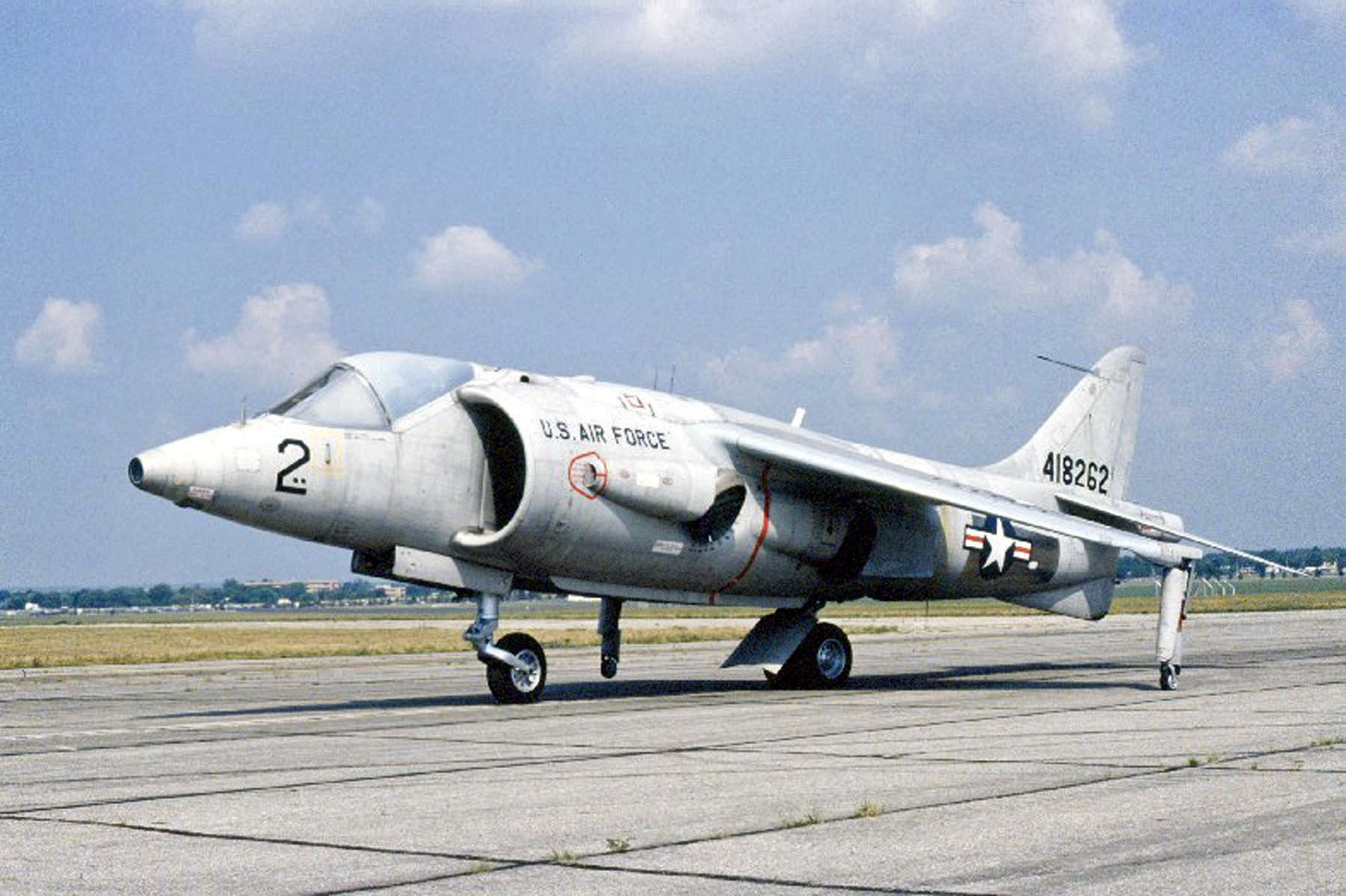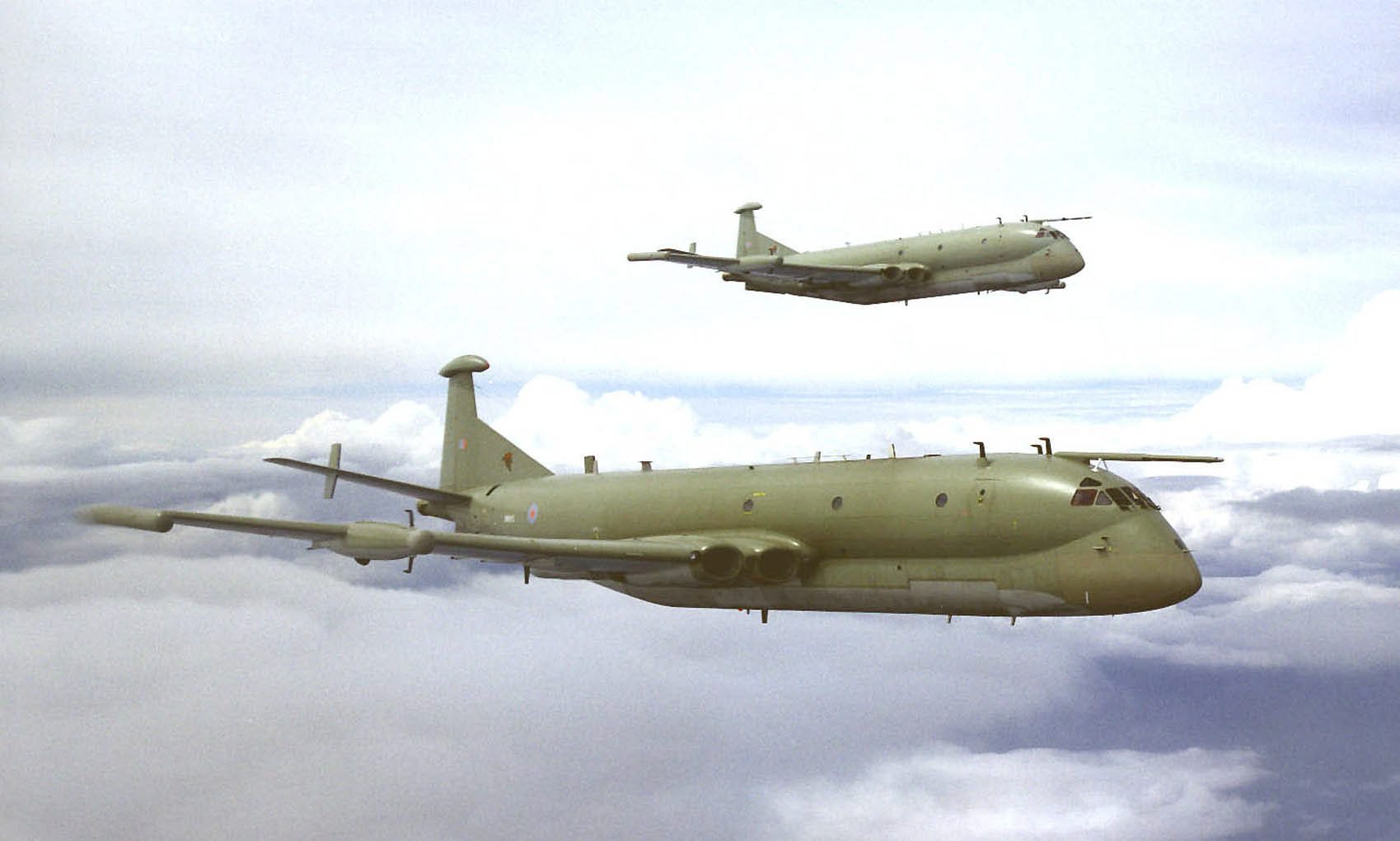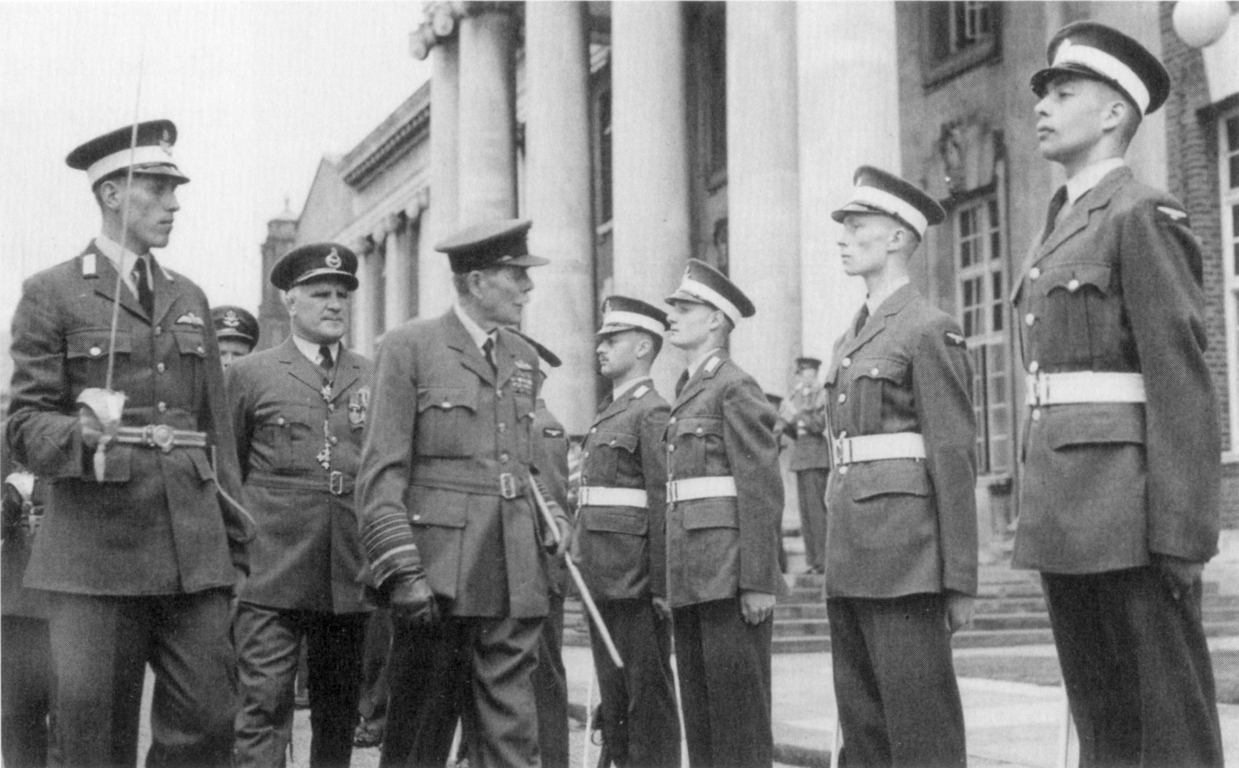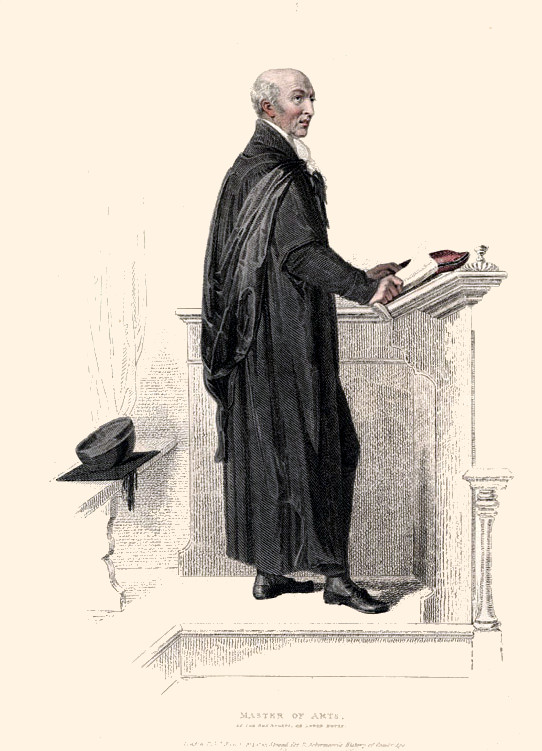|
Rich Knighton
Air Chief Marshal Sir Richard John Knighton, (born 1969) is a senior Royal Air Force (RAF) officer and professional engineer, currently serving as Chief of the Air Staff, the professional head of the RAF, since 2 June 2023. He previously served as Assistant Chief of the Air Staff from January 2015 to January 2017, Deputy Chief of Defence Staff (Financial and Military Capability) (December 2018 to May 2022) at the Ministry of Defence, and as Deputy Commander Capability at RAF Air Command. Knighton is notable for being the first Chief of the Air Staff who is not a military pilot or indeed aircrew-qualified. Early life Born in 1969, Knighton was educated at Hatton Secondary School in Derbyshire. As a university cadet sponsored by the Royal Air Force, he studied engineering at Clare College, Cambridge where he graduated in 1991 with a first class honours Bachelor of Arts (BA) degree. As per tradition, his BA degree was subsequently promoted to a Master of Arts (MA Cantab) degree. ... [...More Info...] [...Related Items...] OR: [Wikipedia] [Google] [Baidu] |
Air Chief Marshal
Air chief marshal (Air Chf Mshl or ACM) is a high-ranking air officer rank used by some air forces, with origins from the Royal Air Force. The rank is used by air forces of many Commonwealth of Nations, countries that have historical British influence. This rank is also equivalent to an Admiral in a List of navies, navy or a full general in an List of armies by country, army or other nations' air forces. The rank of air chief marshal is immediately senior to the rank of air marshal but subordinate to marshal of the air force. Air chief marshals are sometimes generically considered to be air marshals. Australia In the Royal Australian Air Force, this rank is only used when the Chief of the Defence Force (Australia), Chief of the Defence Force is an Air Force officer. When this is not the case, the senior ranking Air Force officer is the Chief of Air Force (Australia), Chief of Air Force, holding the rank of air marshal (Australia), air marshal. With the establishment of t ... [...More Info...] [...Related Items...] OR: [Wikipedia] [Google] [Baidu] |
RAF Air Command
Air Command is the only Command currently active in the Royal Air Force. It was formed by the merger of Royal Air Force Strike and Personnel and Training commands on 1 April 2007, and has its headquarters at RAF High Wycombe, Buckinghamshire. The equivalent in the Royal Navy is Navy Command Headquarters at Portsmouth and the equivalent in the British Army The British Army is the principal Army, land warfare force of the United Kingdom. the British Army comprises 73,847 regular full-time personnel, 4,127 Brigade of Gurkhas, Gurkhas, 25,742 Army Reserve (United Kingdom), volunteer reserve perso ... is Army Headquarters at Andover. History Air Command was formed by the merger of Royal Air Force Strike and Personnel and Training commands on 1 April 2007. Initially, it was under a four-star Air Chief Marshal, Commander-in-Chief, Air Command. At that time, there were two Deputy Commanders of Air Marshal rank: the Deputy Commander-in-Chief (Personnel) and the Dep ... [...More Info...] [...Related Items...] OR: [Wikipedia] [Google] [Baidu] |
Squadron Leader
Squadron leader (Sqn Ldr or S/L) is a senior officer rank used by some air forces, with origins from the Royal Air Force. The rank is used by air forces of many countries that have historical British influence. Squadron leader is immediately senior to flight lieutenant and immediately below wing commander. It is usually equivalent to the rank of lieutenant commander in the navy and of the rank of major in other services. The equivalent rank in the Women's Auxiliary Air Force, Women's Royal Air Force (until 1968) and Princess Mary's Royal Air Force Nursing Service (until 1980) was "squadron officer". Squadron leader has also been used as a cavalry command appointment (UK) and rank (France) since at least the nineteenth century. In Argentina it is used as a command appointment by both the army's cavalry and by the air force's flying units. The cavalry rank of squadron leader in France is equivalent to a major, and the cavalry appointment of squadron leader in the UK gene ... [...More Info...] [...Related Items...] OR: [Wikipedia] [Google] [Baidu] |
Airframe
The mechanical structure of an aircraft is known as the airframe. This structure is typically considered to include the fuselage, undercarriage, empennage and wings, and excludes the propulsion system. Airframe design is a field of aerospace engineering that combines aerodynamics, materials technology and manufacturing methods with a focus on weight, strength and aerodynamic drag, as well as reliability and cost.Michael C. Y. Niu (1988). ''Airframe Structural Design''. Conmilit Press LTD. History Modern airframe history began in the United States during the Wright Flyer's maiden flight, showing the potential of fixed-wing designs in aircraft. In 1912 the Deperdussin Monocoque pioneered the light, strong and streamlined monocoque fuselage formed of thin plywood layers over a circular frame, achieving . First World War Many early developments were spurred by military needs during World War I. Well known aircraft from that era include the Dutch designer Anthony ... [...More Info...] [...Related Items...] OR: [Wikipedia] [Google] [Baidu] |
Panavia Tornado ADV
The Panavia Tornado Air Defence Variant (ADV) is a long-range, twin-engine swing-wing interceptor aircraft developed by the European Panavia Aircraft GmbH consortium. It was a specialised derivative of the multirole Panavia Tornado. Development of the Tornado ADV formally commenced in 1976. It was primarily intended to intercept Soviet bombers as they were traversing across the North Sea with the aim of preventing a successful air-launched nuclear attack against the United Kingdom. In this capacity, it was equipped with a powerful radar and beyond-visual-range missiles. Having been based on the multinational Tornado IDS, development was relatively quick. Originally, the programme was solely pursued by the United Kingdom. The first prototype performed its maiden flight on 27 October 1979; two further prototypes followed in the year after. The initial production model, the ''Tornado F2'', entered service with the Royal Air Force (RAF) in 1986. The Tornado F2, which was only pr ... [...More Info...] [...Related Items...] OR: [Wikipedia] [Google] [Baidu] |
Harrier Jump Jet
The Harrier, informally referred to as the Harrier jump jet, is a family of jet-powered attack aircraft capable of vertical/short takeoff and landing operations (V/STOL). Named after the bird of prey, it was originally developed by British manufacturer Hawker Siddeley in the 1960s. The Harrier emerged as the only truly successful V/STOL design of the many attempted during that era. It was conceived to operate from improvised bases, such as car parks or forest clearings, without requiring large and vulnerable air bases. Later, the design was adapted for use from aircraft carriers. There are two generations and four main variants of the Harrier family, developed by both UK and US manufacturers: * Hawker Siddeley Harrier (first generation) ** British Aerospace Sea Harrier * McDonnell Douglas AV-8B Harrier II (second generation) ** British Aerospace Harrier II The Hawker Siddeley Harrier is the first generation-version and is also known as the AV-8A or AV-8C Harrier; i ... [...More Info...] [...Related Items...] OR: [Wikipedia] [Google] [Baidu] |
Hawker Siddeley Nimrod
The Hawker Siddeley Nimrod is a retired maritime patrol aircraft developed and operated by the United Kingdom. It was an extensive modification of the de Havilland Comet, the world's first operational jet airliner. It was originally designed by de Havilland's successor firm, Hawker Siddeley; further development and maintenance work was undertaken by Hawker Siddeley's own successor companies, British Aerospace and, later, BAE Systems. Designed in response to a requirement issued by the Royal Air Force (RAF) to replace its fleet of ageing Avro Shackletons, the ''Nimrod MR1''/''MR2''s were fixed-wing aerial platforms primarily for anti-submarine warfare (ASW) operations; secondary roles included maritime surveillance and anti-surface warfare. It served from the early 1970s until March 2010.Cook, James"Final air miles for 'spy in the sky' crews."''BBC,'' 26 March 2010. Retrieved 20 October 2010. The intended replacement was to be extensively rebuilt Nimrod MR2s, designated Nimro ... [...More Info...] [...Related Items...] OR: [Wikipedia] [Google] [Baidu] |
Engineer Officer
An engineering officer can be a Merchant Navy engineer, or a commissioned officer in the British Armed Forces with responsibility for military engineering. In the Royal Navy (RN), Engineer Officer (Royal Navy), Engineering Officers are responsible for the material condition of ships, submarines, and naval aircraft. In the Royal Air Force (RAF), Engineering Officer (Royal Air Force), Engineering Officers are responsible for weapons and aircraft systems and electronics communications systems. References Combat support occupations {{Engineering-stub ... [...More Info...] [...Related Items...] OR: [Wikipedia] [Google] [Baidu] |
RAF College Cranwell
The Royal Air Force College (RAFC) is the Royal Air Force academy which provides initial training to all RAF personnel who are preparing to become commissioned officers. The College also provides initial training to aircrew cadets and is responsible for all RAF recruiting along with officer and aircrew selection. Originally established as a naval aviation training centre during World War I, the College was established as the world's first air academy in 1919. During World War II, the College was closed and its facilities were used as a flying training school. Reopening after the War, the College absorbed the Royal Air Force Technical College in 1966. The Royal Air Force College is based at RAF Cranwell near Sleaford in Lincolnshire, and is sometimes titled as the Royal Air Force College Cranwell. History Early years In December 1915, after the Royal Naval Air Service had broken away from the Royal Flying Corps, Commodore Godfrey Paine was sent to Cranwell to start a naval fl ... [...More Info...] [...Related Items...] OR: [Wikipedia] [Google] [Baidu] |
Master Of Arts (Oxford, Cambridge, And Dublin)
In the universities of Oxford, Cambridge, and Dublin, Bachelors of Arts (BAs) are promoted to the rank of Master of Arts (MA), typically upon application after three or four years after graduation. No further examination or study is required for this promotion, which is a mark of seniority rather than an additional postgraduate qualification. According to the formula of '' ad eundem gradum'', the graduates of the Universities of Oxford, Cambridge, and Dublin are eligible to apply to incorporate and be granted equivalent academic degrees at any of the other two universities, provided that they wish to register for such a degree or are members of the academic staff; they also pay a required fee. The example of the " Steamboat ladies" (roughly 720 women graduates of both Oxford and Cambridge who received Dublin academic degrees) is one of the most popular incidents of incorporation. While not an earned degree, both the original degree(s) and the incorporated ''ad eundem'' degree(s) ... [...More Info...] [...Related Items...] OR: [Wikipedia] [Google] [Baidu] |
British Undergraduate Degree Classification
The British undergraduate degree classification system is a Grading in education, grading structure used for undergraduate degrees or bachelor's degrees and Master's degree#Integrated Masters Degree, integrated master's degrees in the United Kingdom. The system has been applied, sometimes with significant variation, in other countries and regions. The UK's university degree classification system, established in 1918, serves to recognize academic achievement beyond examination performance. Bachelor's degrees in the UK can either be honours or ordinary degrees, with honours degrees classified into First Class, Upper Second Class (2:1), Lower Second Class (2:2), and Third Class based on weighted averages of marks. The specific thresholds for these classifications can vary by institution. Integrated master's degrees follow a similar classification, and there is some room for discretion in awarding final classifications based on a student's overall performance and work quality. The hon ... [...More Info...] [...Related Items...] OR: [Wikipedia] [Google] [Baidu] |
Engineering
Engineering is the practice of using natural science, mathematics, and the engineering design process to Problem solving#Engineering, solve problems within technology, increase efficiency and productivity, and improve Systems engineering, systems. Modern engineering comprises many subfields which include designing and improving infrastructure, machinery, vehicles, electronics, Materials engineering, materials, and energy systems. The Academic discipline, discipline of engineering encompasses a broad range of more Academic specialization, specialized fields of engineering, each with a more specific emphasis for applications of applied mathematics, mathematics and applied science, science. See glossary of engineering. The word '':wikt:engineering, engineering'' is derived from the Latin . Definition The American Engineers' Council for Professional Development (the predecessor of the Accreditation Board for Engineering and Technology aka ABET) has defined "engineering" as: ... [...More Info...] [...Related Items...] OR: [Wikipedia] [Google] [Baidu] |







